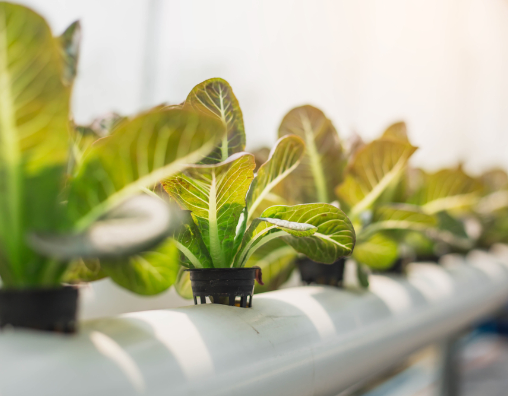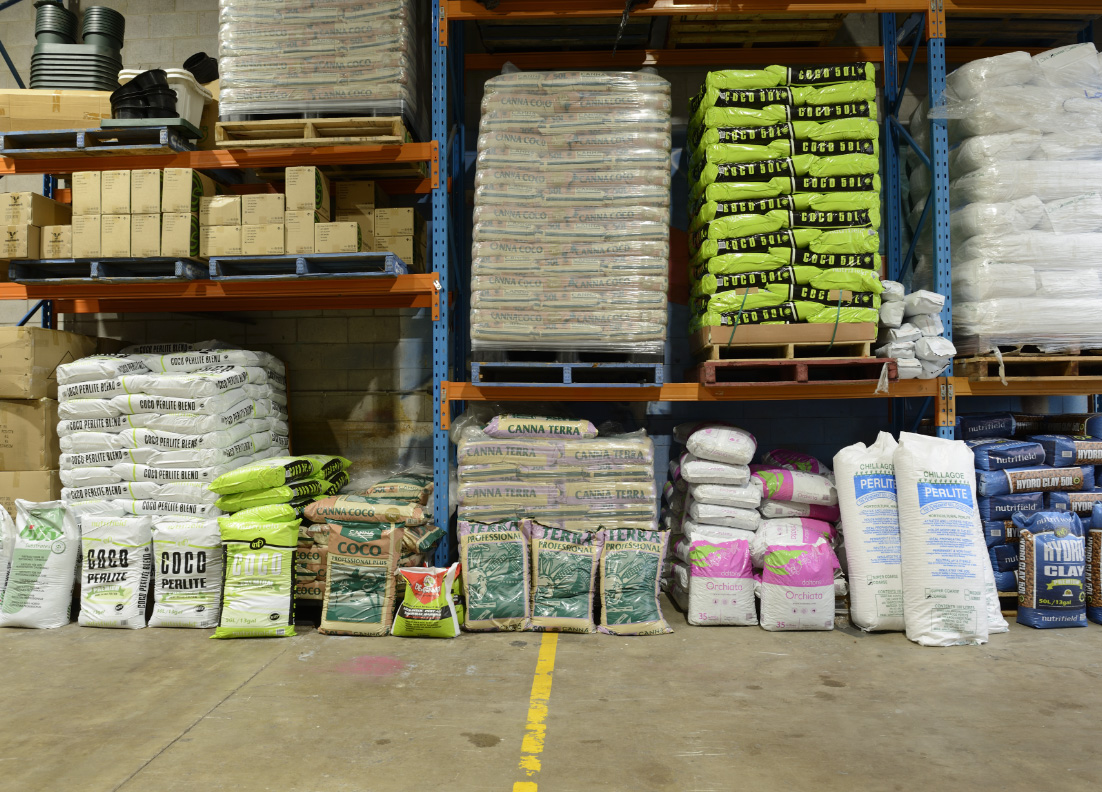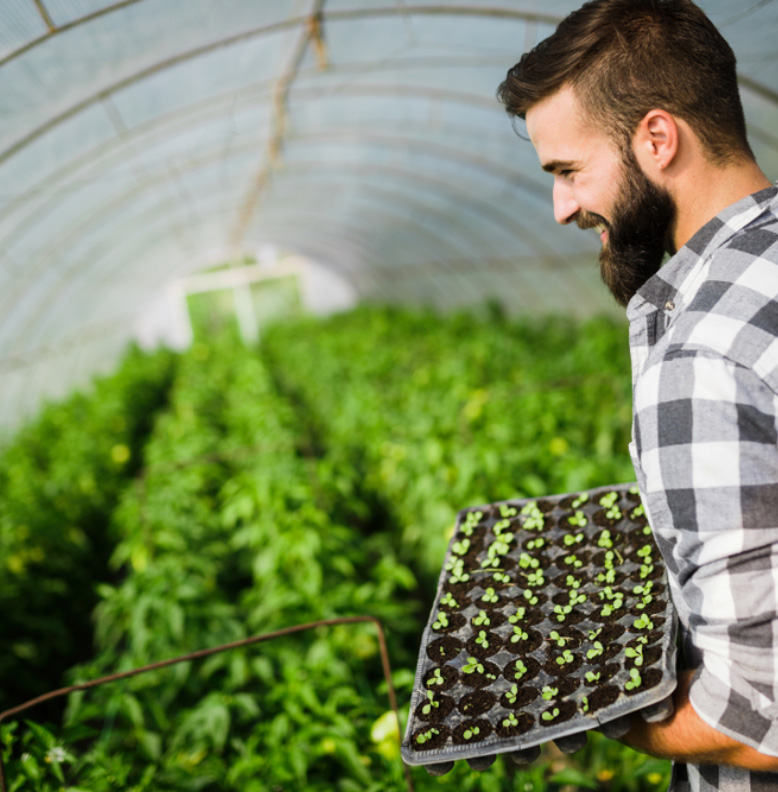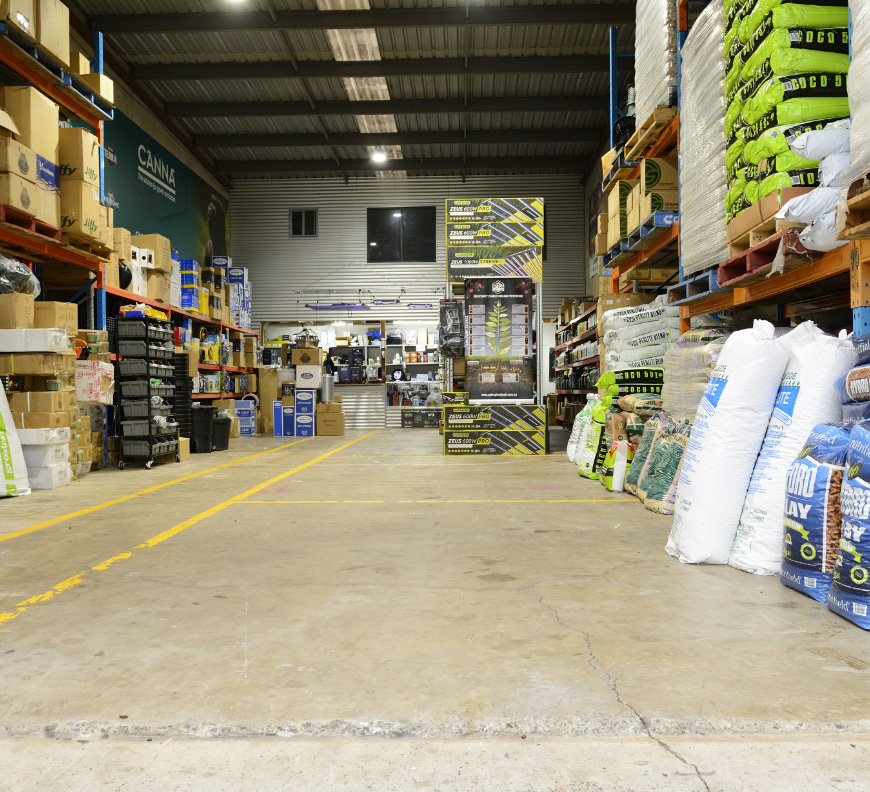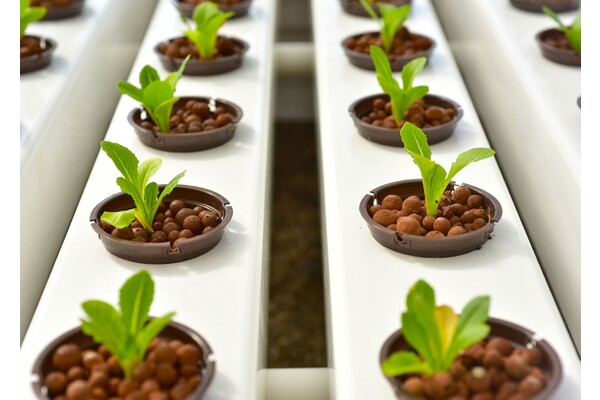Best Plants for Hydroponics
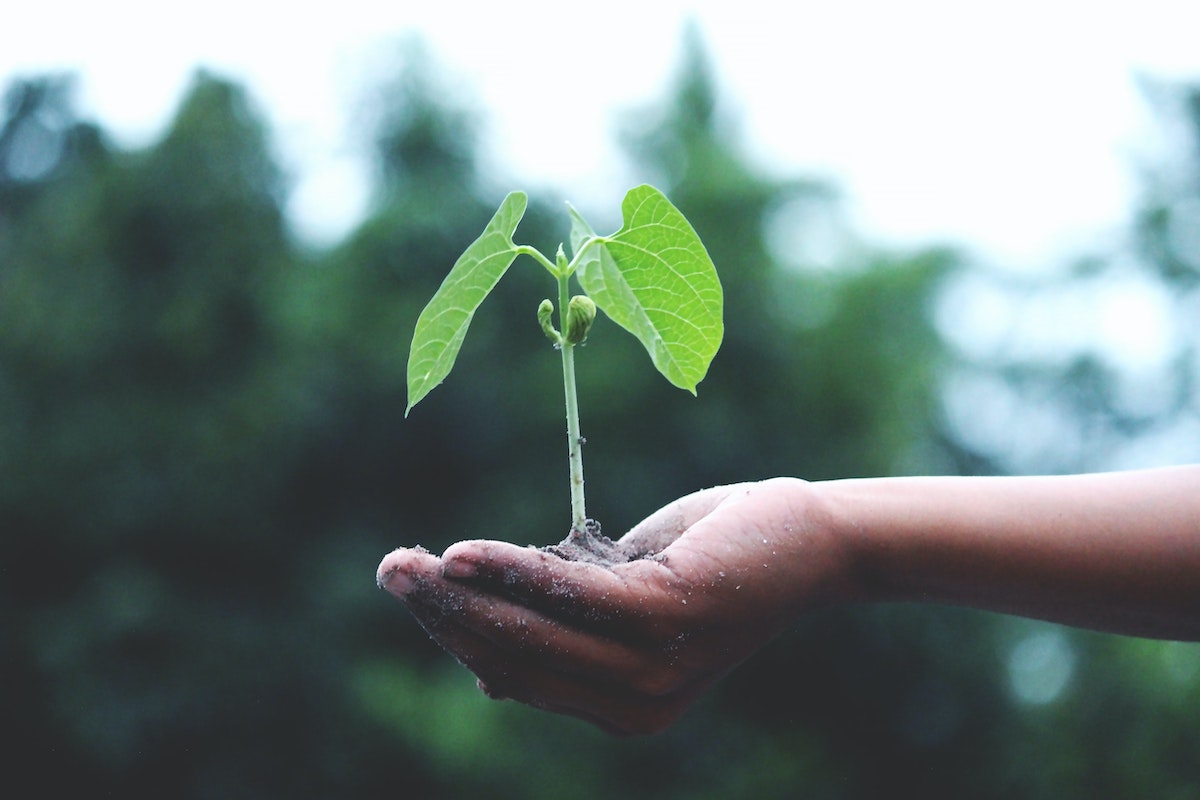
SELECTING PLANTS – WHAT TO THINK ABOUT
If you are considering growing your own vegetables or decorative plants hydroponically, one of your conundrums might be deciding the best plants to grow. Hydroponic gardening has so many benefits that you might be right in assuming that you can grow anything hydroponically. To a large degree this is true, however, there are some things to consider which might help to inform your plant selection. The first thing to decide is whether you want to grow plants for food or for decoration. With the increasing costs of fresh produce growing your own vegetables is attractive, particularly since hydroponic plants tend to grow faster and require less maintenance. Alternatively, perhaps you want to create a living, green feature in your home using ornamentals. The choice is yours and the possibilities endless.
Size and space
Available space is an important factor to consider when selecting plants for your hydroponic garden. Things such as the height and spread of the plant should be factored in. Space may also influence the types of pots or tubs required.
Light
The light requirements of the plants are a critical factor. Some plants require direct sunlight while others grow better in a shaded area. If your plants need full sun to grow and your space does not provide this you will need grow lights to support plant growth.
Nutrients and pH
The types of plants you want to grow will also determine the type of nutrient solution required and the ideal pH level that the water needs to be. All plants require key macro nutrients but the ratios may need to be varied depending on the plant species or the stage of the plant’s life cycle. For example, more phosphorus, potassium and calcium is required for flowering and fruiting. The pH of the water determines the bioavailability of the nutrients. The ideal pH range for most vegetables is between 6.0 and 7.0 but this can vary.
Create the perfect match
Some plants are better suited to certain hydroponic systems. Our expert horticulturalists are available to provide advice about the best system for the plants you want to grow. Once you are satisfied with what you want out of your hydroponic garden and how you will set it up, you are ready to select your plants.
BEST FRUIT AND VEGETABLES
Lettuce
Lettuce is one of the easiest edible plants to cultivate hydroponically. It is very low maintenance requiring only regular replacement of the nutrient solution. It can be grown in greenhouses or indoors and it doesn’t require pollination. Most varieties can be grown successfully although some varieties are more compact and may be more suitable for small spaces. Lettuce is suited to most types of hydroponics systems and can be harvested in 6 to 9 weeks. Try combining lettuce with other leafy greens such as bok choy and spinach for a ready supply of green vegetables.
Tomato
Tomatoes can be successfully grown either outdoors or indoors, however they require plenty of sunlight. Therefore, if you plan on growing tomatoes in a dim indoor space you will need grow lights to get the best outcome. Tomatoes are vine plants so will require some trellising but regular pruning helps to control the spread of the plant. Best of all, some varieties start fruiting in as little as 8 weeks which means that you can get your first harvest in around 10 to 14 weeks.
Strawberries
The delicious strawberry can be challenging to grow in soil but because it loves water it is perfectly suited to hydroponics. The key is ensuring that the right nutrient is selected and that the right concentrations are maintained. New plants can be propagated from the runners. Strawberries can be grown and harvested year ‘round.
Cucumbers
Cucumbers grow rapidly and yield a lot of fruit. If growing from seed, germination will occur in 5 to 10 days provided they are sown in a suitable growing medium. Like tomatoes, cucumbers are a vine plant and require space and light although some varieties can be grown indoors or in greenhouses. Typically these are seedless cucumbers that don’t require pollination such as the Continental or Lebanese cucumber.
Radishes
The radish is a hardy root vegetable and one of the few that can be cultivated easily hydroponically. It is also versatile because as well as having an edible root, the young green leaves can also be used. Radishes are grown directly from seed and the green tops start to appear within 7 days. They can be harvested in 3 to 4 weeks. To promote root growth, a nutrient with lower nitrogen levels is recommended. Radishes can tolerate less light than some other plants so are ideal for growing spaces that don’t get long hours of sun.
Beans
There are many varieties of beans but the thing they all have in common is that they have good yields. Some viney varieties need trellises but this aside, they are generally a good low maintenance option for the hydroponic vegetable garden. They germinate quickly from seed and fruit can be harvested in around 6 to 8 weeks.
BEST HERBS
Hydroponic systems are ideal for growing herbs giving you a garden that is green, culinary and medicinal as well. Most can be grown from cuttings giving you a stronger, faster growing plant (see our blog on cloning). Herbs most suited to hydroponic systems are:
- Mint
- Basil
- Parsley
- Coriander
- Sage
- Thyme
BEST ORNAMENTALS
Flowering House Plants
Some flowering plants are susceptible to diseases when grown in soil. Growing them in the more controlled conditions that can be provided through hydroponics helps to avoid these issues. Some require more space than others and for those that need strong sunlight, grow lights will be required if your space cannot provide this naturally. LECA or clay aggregate are often the growing media of choice for your flowering plants. A bloom nutrient formulation is required to promote flowering. A pH range of 5.5 to 6.5 is favourable to most flowering plants. The following are well suited to growing hydroponically.
Wax plant (Hoya carnosa) – This hardy plant is a great choice for beginners because they don’t need much water and are low maintenance. They prefer bright light and can be propagated from stem cuttings.
Begonia (Begonia rex) – This plant is best known for its ornate, colourful foliage but it does also flower. It grows well in cool, shaded areas. It can grow up to 60cm in height so it requires space.
Petunia – Petunias thrive in full light. Space is an important consideration because they can grow quite tall and have a wide spread. Petunias prefer cooler temperatures.
Peace lily (Spathiphyllum) – Select plants with shorter root systems adapted for growing in a hydroponic medium. A temperature range of 20 to 30C is suitable for growing Peace lilies.
Orchids – Orchids prefer diffused light. Most importantly, the roots need light and should be kept away from the water, so a deep, transparent grow tank is recommended.
Lavender – Lavender requires at least 6 hours of full light so grow lights will be necessary if growing indoors. They require aeration and prefer a pH range of 6.4 – 6.8
Non-flowering house plants
There is a range of attractive, low maintenance, non-flowering plants that are extremely suited to an indoor hydroponic garden and are great for the beginner hydroponics gardener. Many can also be propagated from cuttings and have numerous varieties which allow you to add different dimensions of colour and texture to your garden. Growing these plants in a hydroponic system as opposed to soil means that you can aerate the water to oxygenate the roots helping to reduce disease and resulting in strong plant growth. The plants recommended below can be grown on their own or different species and varieties combined to create a unique feature garden. ·
- Devil’s Ivy (Epipremnum aurem)
- Arrowhead vine (Syngonium podophyllum)
- Tree philodendron (Philodendron bipinnatifidum)
- Chinese money plant (Pilea peperomioides)
- Spider plant (Chlorophytum comosum)
- Succulents – Echeveria and Sempervivum are recommended.
This list of plants has been selected because they all have traits that are attractive to any gardener but particularly to the beginner hydroponics gardener. Our specialist hydroponics horticulturalists are always happy to assist you with any further queries. Come and see us in-store or give us a call to talk through your garden's needs.


